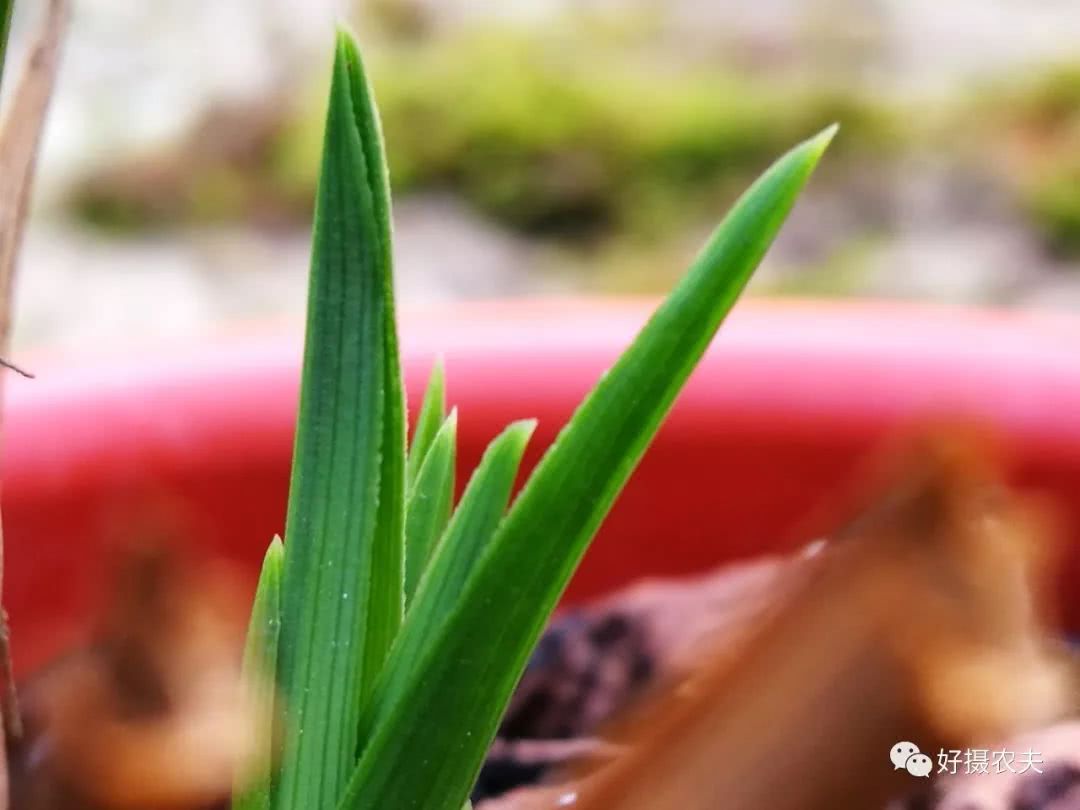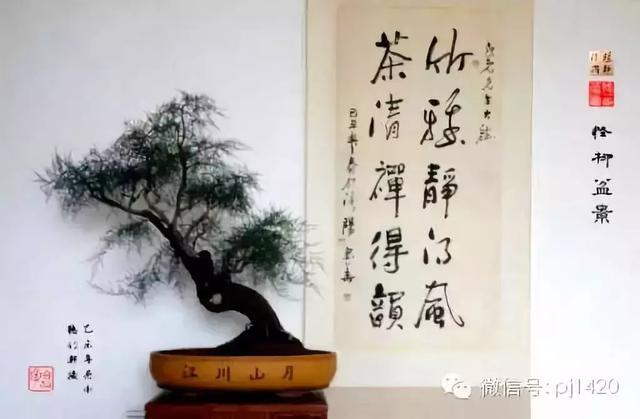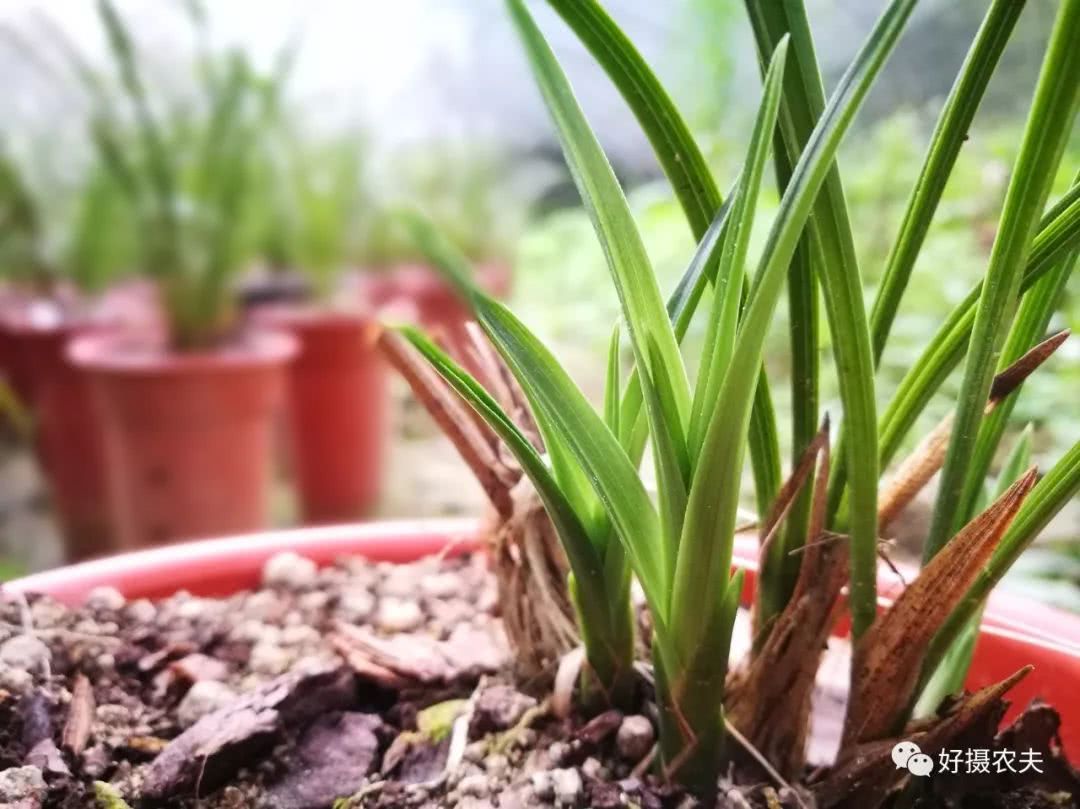Potassium dihydrogen phosphate orchids if used in this way is not only wasteful but also harmful to fertilizer. Why?

Potassium dihydrogen phosphate is an indispensable good thing when raising orchids at home, but many orchids violate its function in use, which not only causes waste but also easily leads to fertilizer damage.
The original intention of the design and production of potassium dihydrogen phosphate is for foliar topdressing of phosphorus and potassium fertilizer, so it is a special foliar fertilizer. Some orchid friends use it for root application, in fact, it is equivalent to a human intravenous drip of potion for oral administration. Although it is not necessary to say that every orchid friend will cause fertilizer damage because of root application, the effect of root application is obviously not as good as that of foliage, so it is a kind of waste.
On March 26, 2015, the good farmer had the habit of keeping a diary for special cases. Good photo farmer Huilan, who has been raising a pot for three years, saw flower arrows for the first time, just unearthed as big as half a cigarette butt.
I think it is necessary for this potted flower to replenish some phosphorus and potassium fertilizer (normally in autumn). It is irrigated with 98% potassium dihydrogen phosphate 500 times the water (maybe a little high concentration). Because the leaf spray concentration has been used in the past (usually 800 times liquid, occasionally 500 times liquid) has not been a problem. But a week later, it was found that the flower arrow stopped growing up, and the color of the flower arrow turned bad in another week. It fell off with a gentle plucking, and the flower arrow root was rotten.
What is even more outrageous is that this pot of Cymbidium continued its fat damage more than a month later, and in the end, more than half of the 15 seedlings of Cymbidium died. This is the first fertilizer damage caused by potassium dihydrogen phosphate that I have encountered, and it will no longer be used after that.
The safe concentration of potassium dihydrogen phosphate during leaf spraying is more than 800 times, and it can be sprayed with carbendazim, metoprolol, mancozeb, dimethoate, fenvalerate, urea and other fertilizers or drugs together to greatly increase the work efficiency. Do not use foliar fertilizer when orchids bloom, they can be used both before and after flowering.
- Prev

There are five mindsets necessary to play bonsai. How many do you have?
Although by WeChat @ White Beard has the same art, bonsai art has its own uniqueness. Once you embark on this road, joy and pain, excitement and anxiety will always be with you. So with a good state of mind, it will make you.
- Next

From Orchid Xiaobai to learning to prepare plant materials, it took me three years to watch carefully.
Orchid plant has always been a topic of concern to orchid friends, which planting material should be used to grow orchids? As a matter of fact, there is no unified conclusion. in the early days of raising orchids, good farmers also tried a variety of plant materials, with both successes and failures. I raised it for the first time.
Related
- Wuhan Hospital Iron Tree Blooming Result Was Instantly Frightened by the Gardener Master
- Which variety of camellia is the most fragrant and best? Which one do you like best?
- What is the small blue coat, the breeding methods and matters needing attention of the succulent plant
- Dormancy time and maintenance management of succulent plants during dormancy
- Minas succulent how to raise, Minas succulent plant pictures
- What are the varieties of winter succulent plants
- How to raise succulent plants in twelve rolls? let's take a look at some experience of breeding twelve rolls.
- Attention should be paid to water control for succulent plants during dormant period (winter and summer)
- Watering experience of twelve rolls of succulent plants
- Techniques for fertilizing succulent plants. An article will let you know how to fertilize succulent plants.

